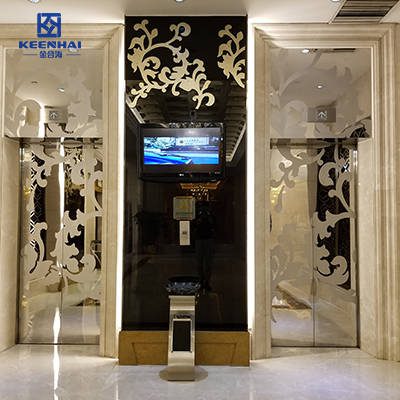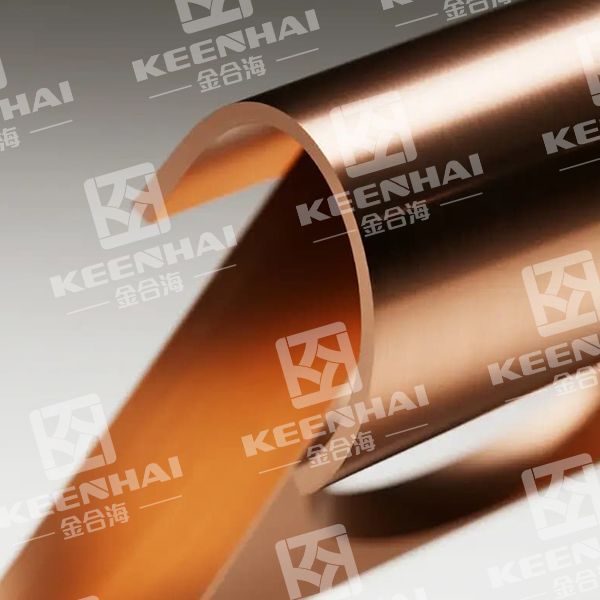Contractors should expect stainless steel elevator door costs to vary between $2,000 and $5,000 per unit, depending on type, finish, and automation. Single-slide doors are usually the most affordable, while PVD-coated or fire-rated center-opening doors can add 20–30% to the base price. Factoring in labor, hardware, and shipping, multi-unit projects often require careful budgeting to avoid unexpected expenses and maintain profit margins.
1. Understanding the Cost Components of Stainless Steel Elevator Doors
1.1 Material Costs: Grades, Finishes, and Coatings
Material choice is the biggest driver of stainless steel elevator door pricing. Standard 304-grade stainless steel is commonly used for commercial elevators, while 316-grade is preferred in high-moisture or coastal buildings due to superior corrosion resistance. Surface finishes—such as brushed, mirror, or satin—directly impact cost. For example, mirror-polished doors often cost 20–30% more because of the labor-intensive finishing and scratch-resistance benefits.
PVD coatings or color finishes add another layer of expense but deliver aesthetic longevity and protection against wear. In modern commercial projects, contractors often select a stainless steel lift door with subtle PVD finishes to balance cost and visual appeal. For residential projects, Stainless Steel Residential Elevator Doors may require lighter gauge steel but additional decorative panels, which shifts pricing dynamics.
| Material / Finish | Typical Price Range (USD) | Notes |
|---|---|---|
| 304 Brushed Stainless Steel | $2,000 – $3,500 | Standard commercial use, durable and easy to maintain |
| 316 Brushed Stainless Steel | $3,500 – $5,000 | Coastal / high-humidity environments |
| Mirror Finish 304/316 | $3,000 – $5,500 | Premium look, scratch-resistant |
| PVD-Coated Color Finish | $4,000 – $6,500 | Luxury commercial and residential designs |
1.2 Labor and Installation Fees for Contractors
Installation labor can account for 25–40% of total project costs. Experienced elevator contractors follow these steps to ensure proper alignment and operation:
-
Measure shaft width, height, and depth to confirm door panel fit.
-
Check frame level and structural support; even minor misalignments cause uneven wear or motor strain.
-
Secure main door frame, ensuring it is plumb and anchored to the elevator shaft.
-
Install guide rails and rollers, then test smooth sliding motion before final tightening.
Complex installations, like center-opening doors or multi-panel automatic doors, increase labor hours due to the need for precise motor synchronization. Some contractors factor in a contingency of 10–15% for adjustments or unforeseen complications.
1.3 Additional Expenses: Hardware, Shipping, and Accessories
Beyond materials and labor, additional components can influence total costs. These include:
-
High-quality rollers, motors, and synchronization systems.
-
Custom handles, decorative panels, or protective coatings.
-
Shipping charges, especially for oversized panels or PVD-coated doors requiring careful packaging.
For example, a mirror-finished Тот баспайтын болаттан жасалған лифт есігі shipped internationally might add $300–$700 to the project due to crating and insurance. Contractors also budget for on-site adjustments, like minor frame trimming or leveling shims, which ensures long-term smooth operation.
Understanding material types, labor intricacies, and additional hardware expenses allows contractors to estimate realistic project budgets, avoid unexpected costs, and maintain installation quality.
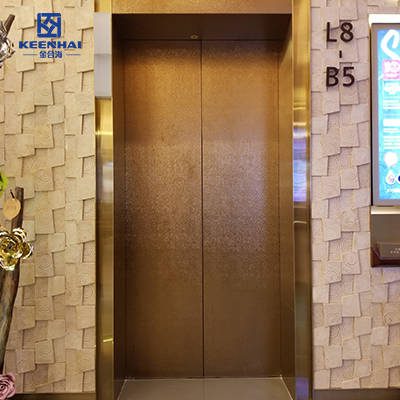
2. Price Range by Door Type and Size
2.1 Single-Slide vs. Center-Opening Doors
Door configuration significantly affects pricing. Single-slide doors, where one panel moves to the side, are simpler and require fewer rollers and less motor power, making them generally more affordable. Center-opening doors, common in busy commercial buildings or hotels, have two synchronized panels and need precise motor calibration, which adds labor and hardware costs.
In terms of material impact, a mirror-finished single-slide баспайтын болаттан жасалған лифт есігі costs roughly $2,500–$4,000 for a standard 7-foot door, whereas a center-opening door of the same material may run $3,500–$6,000 due to additional rollers, motor systems, and alignment precision.
2.2 Residential vs. Commercial Elevator Doors
Residential doors are smaller and lighter but often include decorative finishes. Contractors installing Stainless Steel Residential Elevator Doors in private homes usually pay $2,000–$4,000 per door depending on panel style, coating, and automation features.
Commercial elevator doors are larger, require heavy-duty motors, and must comply with higher traffic standards, increasing costs. For example, brushed steel panels in a 10-foot commercial shaft can exceed $5,000, excluding installation. Commercial-grade doors also often include reinforced frames, fire-rated components, or PVD coatings for durability and aesthetic appeal.
2.3 Specialty Doors: Fire-Rated, PVD-Coated, and Custom Designs
Specialty features can add 20–50% to base costs. Fire-rated doors need certified steel panels, intumescent seals, and tested mechanisms to comply with safety codes. PVD-coated or color-finished doors offer a luxury look and improved scratch resistance, while custom designs may include logos, etched patterns, or integrated lighting.
| Door Type / Feature | Typical Price Range (USD) | Notes |
|---|---|---|
| Fire-Rated Single-Slide | $3,500 – $5,500 | Certified steel panels, high-temperature resistant |
| PVD-Coated Center-Opening | $5,000 – $7,000 | Luxury finish, corrosion-resistant |
| Custom Etched / Patterned Panels | $6,000 – $9,000 | Premium residential or boutique commercial settings |
Understanding the type of door, its intended environment, and special features allows contractors to accurately budget, select the right hardware, and plan installation labor efficiently. Brushed steel elevator panels in commercial lobbies may demand more precise installation and alignment compared with residential single-slide doors, emphasizing the cost differential.
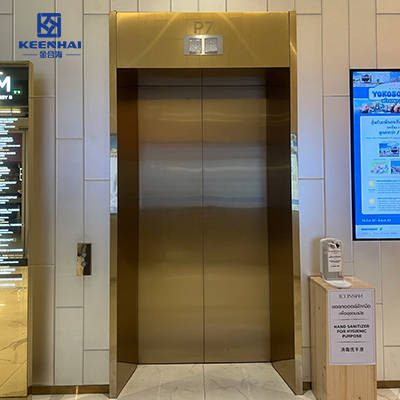
3. Factors That Affect Contractor Pricing Decisions
3.1 Market Demand and Supplier Pricing Variations
Contractor pricing often reflects the current market trends. When demand for stainless steel elevator doors rises in commercial construction projects, suppliers may increase prices for panels, motors, or finishing materials. Conversely, bulk orders can reduce unit costs, especially for standardized single-slide or center-opening doors.
For example, a contractor ordering 10 brushed steel elevator panels for a hotel may pay $3,000 each, while a small residential project ordering one or two doors could see prices around $3,800 per unit due to limited volume discounts. Seasonal supply chain fluctuations, such as steel tariffs or shipping delays, also impact final pricing for contractors.
3.2 Brand Reputation and Manufacturer Reliability
Premium brands often command higher installation fees. Contractors tend to quote higher prices when sourcing from well-known manufacturers that guarantee consistent quality, compliance with safety standards, and long-term durability. Residential projects may opt for reliable, mid-tier brands, while commercial or luxury buildings often require top-tier PVD-coated or fire-rated doors from trusted suppliers.
Choosing a reputable manufacturer not only reduces the risk of maintenance issues but can also speed up installation because components fit precisely, reducing labor time. Some contractors even highlight brand names in their quotes to justify higher rates, particularly for Stainless Steel Residential Elevator Doors.
3.3 Regional Installation Costs and Local Regulations
Geography plays a big role in pricing. Labor rates, permit fees, and regional building codes vary significantly. In metropolitan areas with higher wages and stricter inspection requirements, contractors may increase costs to cover the added complexity. Rural areas may have lower labor costs but higher shipping fees for oversized panels.
| Region Type | Typical Installation Cost Impact | Notes |
|---|---|---|
| Urban Commercial | +15–30% | Higher labor, permits, and safety compliance |
| Suburban Residential | +5–10% | Moderate labor, lower regulatory fees |
| Remote / Rural | +10–20% | Lower wages but higher logistics costs |
Additionally, door size, automation complexity, and elevator shaft accessibility can further influence contractor pricing decisions. For instance, installing a center-opening PVD-coated door in a tight commercial shaft may take 1.5–2 times longer than a standard single-slide residential door, which justifies higher labor charges.
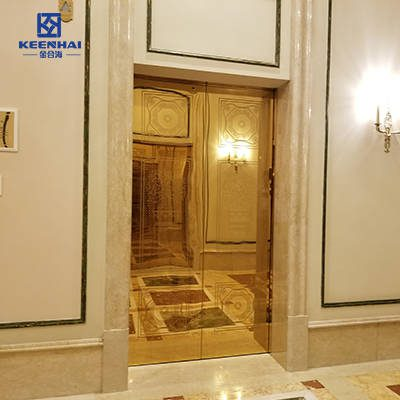
4. Budgeting and Quoting for Projects
4.1 Estimating Total Door Costs for Multiple Units
When handling projects with multiple elevator doors, careful cost estimation is crucial. Contractors need to calculate the total expenses by considering unit prices, installation labor, hardware, and additional shipping fees. For example, ordering 5 brushed steel elevator panels for a residential complex may cost around $18,500 for materials alone, while the labor and on-site adjustments could add another $3,500–$4,000. Always factor in bulk discounts or supplier incentives, which can reduce unit costs significantly.
4.2 Cost Comparison Tables for Quick Decision Making
Using comparison tables can speed up decision-making and justify quotes to clients. By listing different door types, finishes, and optional features with their associated costs, contractors can quickly show the cost-benefit analysis.
| Door Type | Material Cost per Unit | Labor & Installation | Total Cost for 3 Units |
|---|---|---|---|
| Single-Slide Standard | $2,500 | $700 | $9,600 |
| Center-Opening Fire-Rated | $3,200 | $900 | $12,300 |
| PVD-Coated Custom Design | $3,800 | $1,000 | $14,400 |
This approach helps clients understand pricing differences clearly and allows contractors to adjust quotes based on available budget, project scale, or desired finish.
4.3 Negotiation Tips with Suppliers for Best Pricing
Negotiating with suppliers can significantly affect project profitability. Contractors should request bulk pricing for multiple units, inquire about seasonal discounts, and consider lead times for material delivery. Additionally, sourcing from reputable manufacturers ensures quality and reduces the risk of costly adjustments or replacements. For instance, negotiating with a supplier for stainless steel elevator doors could save up to 10–15% on a multi-unit order, especially for standardized designs.
When presenting a comprehensive quote, include all estimated costs, optional upgrades, and delivery schedules to maintain transparency with clients. This method not only strengthens client trust but also ensures contractors secure projects with accurate, profitable pricing.
For contractors seeking reliable stainless steel elevator doors with consistent quality and competitive pricing, visiting PVD Stainless Steel ensures access to premium products and full support for your projects.

